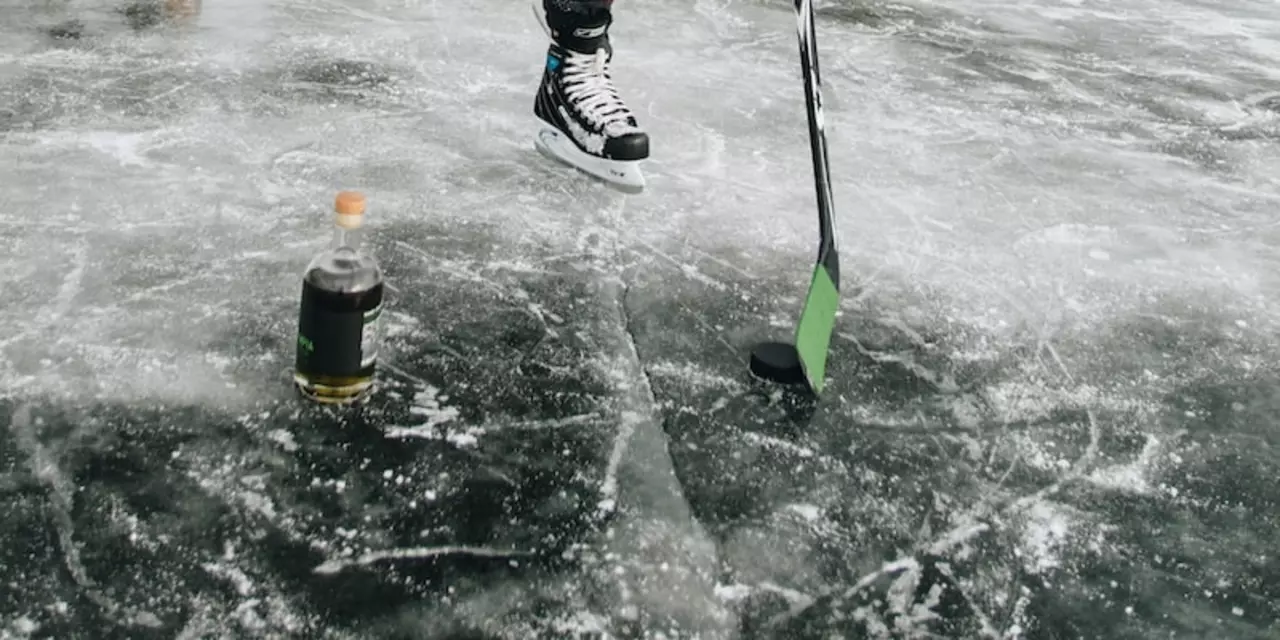How are hockey pucks made?
 Jan, 25 2023
Jan, 25 2023
Exploring the Manufacturing Process of Hockey Pucks
An Inside Look at the Materials Used to Make Hockey Pucks
Hockey pucks are a vital component for the sport of hockey, used for shooting, passing, and even as a tool for referees to signify the start of play. But have you ever wondered what exactly goes into making a hockey puck?At first glance, hockey pucks appear to be a simple black disc made of rubber. However, the truth is that they are actually composed of several different materials, each with its own purpose. The primary material used in the manufacturing of hockey pucks is vulcanized rubber. This rubber is formulated to create a combination of hardness and resilience that can withstand the rigors of the game.
The rubber is then molded into the classic black disc shape and is usually reinforced with a metal or plastic core. This core helps the puck to remain round, as well as adds weight for added strength and stability. You can also find hockey pucks with a combination of rubber and cork cores, which are designed to reduce bouncing when hitting the ice.
These materials are then combined to form the classic hockey puck shape. The rubber is typically painted black, though you can find hockey pucks in other colors, such as red, white, and orange.
While the classic hockey puck shape may appear simple, the combination of materials used to make them is actually quite complex. It takes a special mixture of rubber and other materials to ensure that hockey pucks can withstand the intense action of the game.
The History of Hockey Puck Design and Production
Hockey pucks have been around since the late 19th century, when they were first introduced in Canadian ice hockey games. Initially, these pucks were made of wood, but this proved to be inadequate since the puck would often break apart during play. In response, manufacturers began producing pucks out of rubber and other synthetic materials, resulting in the modern hockey puck.Today, hockey pucks are made by a combination of machine and hand molding. The process begins with a rubber compound that is heated, molded and then cooled. This process is repeated several times to ensure that the puck is of consistent thickness and weight. The puck is then cut into its traditional circular shape and painted with a specific logo or design. Once complete, the puck is checked for quality assurance to ensure that it meets all necessary specifications.
Since their introduction, hockey pucks have evolved to become a staple of the game. They are now made of a variety of materials, including rubber, plastic, and even aluminum. This has allowed for different types of pucks to be used in different types of games, ensuring that each game has its own unique set of rules and regulations.
Whether you’re a fan of the game or a player, it’s always interesting to learn about the history of hockey pucks. The design and production of these pucks has come a long way in the past century, and it’s a testament to the game’s evolution that these pucks continue to be manufactured with such precision and care.
